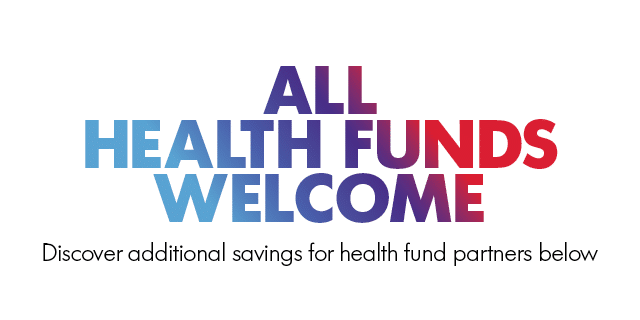A dental abscess is the most serious type of oral infection. They are usually the result of poor oral health, and a lack of proper oral care and hygiene.
Dental abscesses usually start as minor tooth or gum infections, but end up spreading to tissue and bones of your mouth, throat, jaw or face – if left untreated. They can seriously affect your health causing symptoms of fever, chills, sweats, nausea and/or vomiting in the case of severe infections.
Dental abscesses can affect other parts of your body
A severe abscess in the roots and gums of your upper teeth may potentially lead to a brain abscess – due to the brain’s close proximity. If your lower teeth and gums are infected, swelling caused by a dental abscess may constrict or block your airways.
Your heart and lungs also are also at risk of bacterial infection and inflammation caused by oral bacteria from a dental abscess.
If pathogenic oral bacteria penetrate the heart via the bloodstream, it may trigger infective endocarditis. Endocarditis is an inflammation of the heart valves and inner linings of the heart. This condition can permanently damage your heart.
If your lungs are infected by oral bacteria, you are at higher risk of pneumonia and other bacterial chest infections. Clinical research has found links between poor oral health and the development of lung infections and diseases. Researchers have discovered fine droplets containing oral bacteria could be inhaled from your mouth and throat, and transmitted to your lungs.
The two types of dental abscesses:
- Tooth abscesses (periapical abscess) occur at the end of your teeth roots when your tooth nerve is dead or dying from infection. The resulting abscess can spread to surrounding teeth and jaw bones.
Swelling may be experienced around the affected tooth, and in the surrounding areas of the head and neck. Sharp, throbbing pain, chewing difficulties, tenderness and hot/cold tooth sensitivity may be experienced. Emergency dental treatment usually involves prescribed antibiotics and follow-up dental treatment. - Gum abscesses (periodontal abscess) develop in spaces and pockets deep between your teeth and gums. The visible signs of a gum abscess include drainage of pus, redness and swelling of the affected area. Extreme pain and difficulty opening your mouth may be experienced.Gum abscesses can be drained, cleaned and treated by your dentist or dental hygienist quite easily.
Seeking emergency treatment for a dental abscess
Don’t wait until your gums are red, swollen and draining pus before seeing your dentist. If you suspect that you have a dental abscess, call your dentist as soon as possible.
If you experience symptoms of fever, chills, sweats, nausea and/or vomiting seek medical care at a hospital emergency department immediately.












